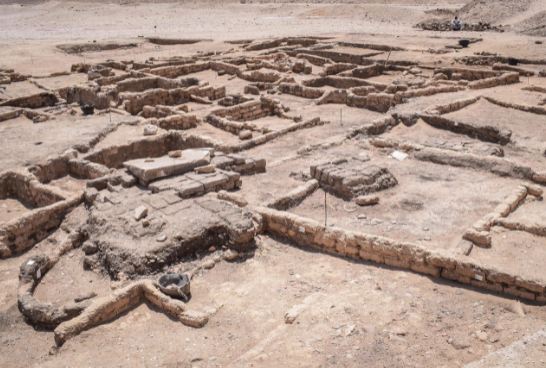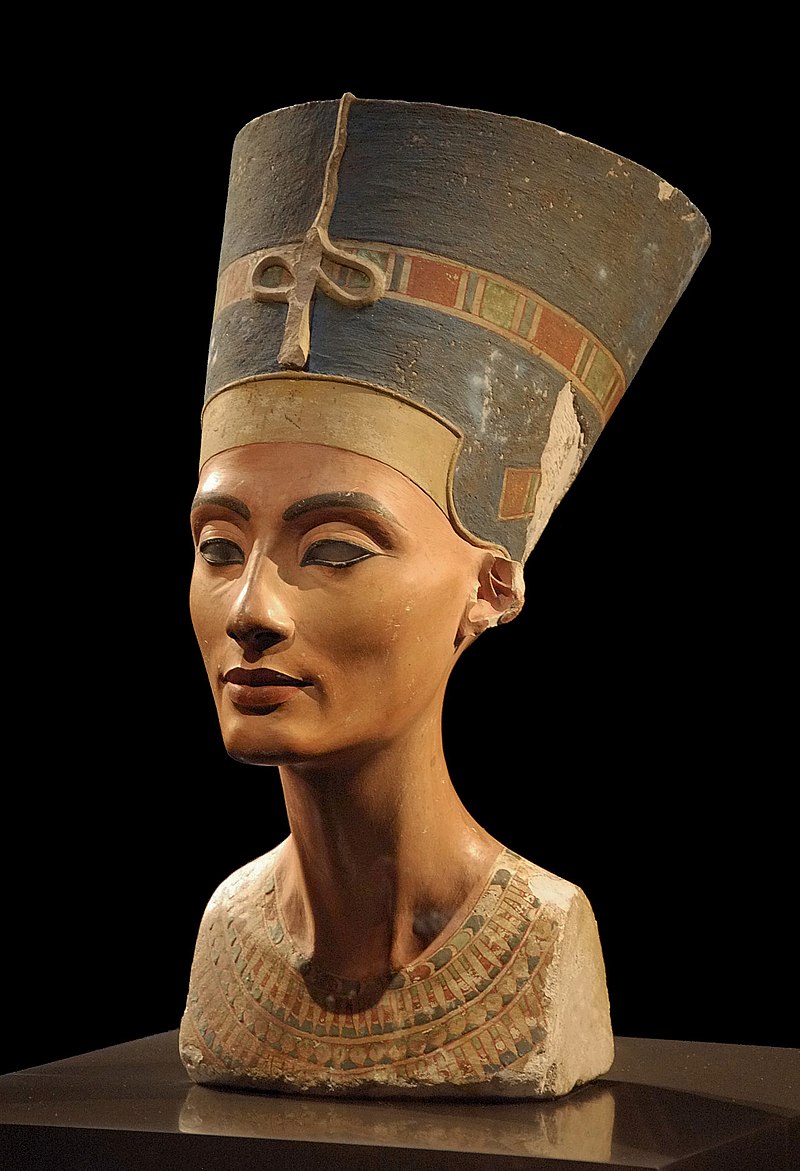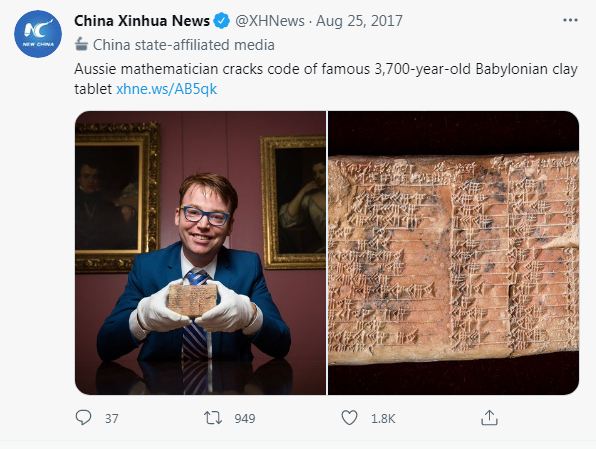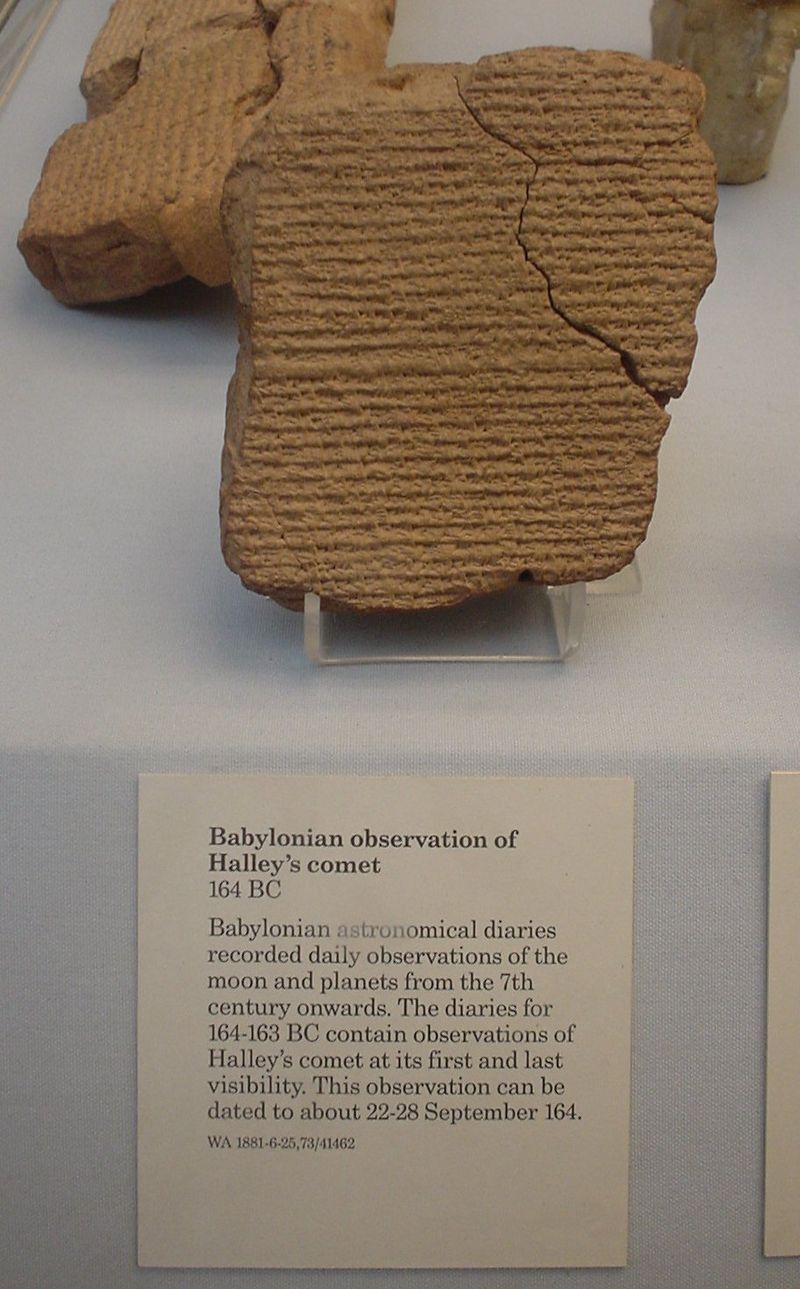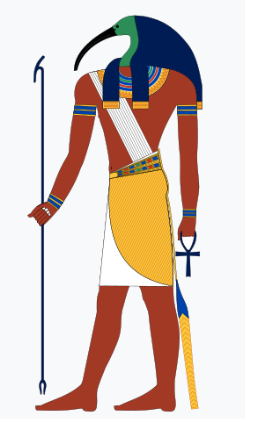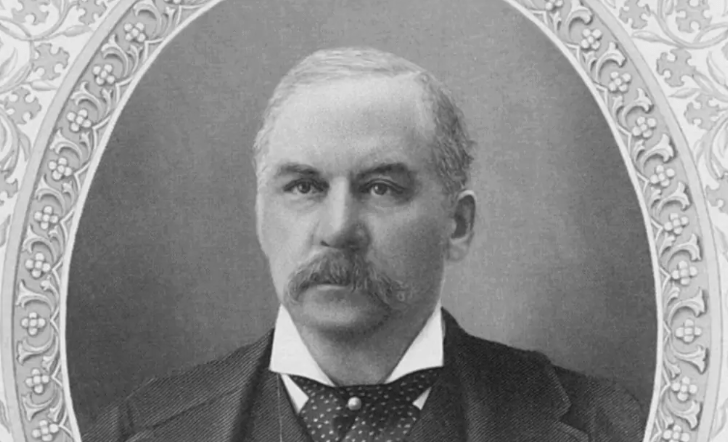Perhaps it is appropriate that by the end of this month we will have another Indiana Jones movie – the fifth and probably the last. Archaeologists have discovered a 3,000-year-old lost city that some have thought was just legend. This is the largest city ever discovered called “The Rise of Aten,” which was unearthed by a team of archeologists led by Zahi Hawass under the sand on the western bank of Luxor, about 300 miles south of Cairo. I made that trip to Luxor and trekked through the Valley of the Kings across the river. It was about 125 degrees that day, and while a group all fly down to Luxor from Cairo. I was the only one who left the hotel to venture to the tombs. I walked down into the tomb of King Tut, and it was amazing. Once inside, it was cool. So I appreciate how grueling it is to dig in the sand in search of something in such heat.
The archaeologists first excavated the site in September 2020 in an attempt to search for King Tut’s mortuary temple. They soon uncovered mud brick formations that turned out to be a large city dating to the golden age of pharaohs 3,000 years ago. The preservation was incredible. Not only were the walls almost complete, but there were rooms filled with tools of daily life.
The city was founded by King Amenhotep III, the ninth king of the 18th dynasty who ruled from 1391 to 1353 BC. The city was active during the king’s co-regency with his son, Amenhotep IV, who changed his name to Akhenaten, meaning devoted to the sun. Akhenaten abandoned his name, but also his religion, and his capital in Thebes (modern Luxor). Akhenaten built the short-lived city of Akhetaten, where he ruled alongside his wife, Nefertiti (her bust survives in the Berlin Museum), and worshipped the sun.
After his death, his young son Tutankhamun became ruler of Egypt and turned his back on his father’s controversial legacy. It has been a mystery why Akhenaten abandon Thebes, which had been the capital of ancient Egypt for more than 150 years. Climate change was starting at this time, and about 100 years later, we have the invasion of the Sea Peoples driven by the cold weather in the north. But this seems to be some sort of religious upheaval.
Then there is Dr. Daniel Mansfield and his team at the University of New South Wales in Australia. They have just made an incredible discovery while translating a 3,700-year-old Babylonian tablet. What they discovered was that the Babylonians were doing trigonometry long before the Greeks. Most historians have always credited the Greeks with creating the study of triangles’ sides and angles. This tablet presents indisputable proof that the Babylonians were using the technique 1,500 years before the Greeks.

Consequently, the debt cancellation practice began in Mesopotamia and can be traced back to 2400 BC, extending into 1400 BC. The noted historian on this subject, Michael Hudson, I believe is absolutely correct when he states that general debt cancellation was one of the principal characteristics of Bronze Age societies in Mesopotamia. There were numerous debt cancellations in the Mesopotamian cities that used the words for these debt forgiveness decrees or cancellations such as amargi in Lagash (Sumer), nig-sisa in Ur, andurarum in Ashur, misharum in Babylon, shudutu in Nuzi.
(See: Michael Hudson’s Debt Cancellations)

People have often asked about the Jewish practice of debt forgiveness. That too has been proven to have preexisted and dates back even before Babylon. Debt cancellation or forgiveness actually was a tradition that began under the Sumerian rule in Mesopotamia. The Jewish tradition appears to have been adopted by the Sumerians. Do not forget that Abraham came from the Sumerian city of Ur, located in southern Iraq today. Therefore, he would have grown up with that tradition. It appears that so much knowledge existed from the time of the Sumerians, which has not been fully credited nor explored.
There is so much knowledge of cycles, the planets, and comets that existed long before the Greeks. This Babylonian tablet recorded Haley’s Comet. It was the Babylonians who embarked on a major correlation study plotting everything against everything else and came up with Astrology.
Additionally, the latest issue concerns material that arises on the black market rather than from an archaeological dig. For example, during the first Gulf War in Iraq, the bombings uncovered a city previously unknown. The archives of all the text appeared on the black market. Academics boycott such things rather than try to save them. Private people use private funds for research and treat the subject as if it were a Communistic state where only they should have such cache to play with. This is something I seriously disagree with, for there are never public funds available for such projects.
In this particular case, thousands of tablets were on the black market. I bid to get the entire collection; I do not recall what my bid was, but it was many millions of dollars. There was a Norwegian collector of manuscripts, Martin Schoyen, whose collection contains over 13,000 documents. I met Martin in Zurich for dinner. Since he was a specialist in documents, we reached an agreement that my interest was economic. Martin even had an original Magna Carta. So the deal we struck was that I could use the economic text in return for bowing out of the bidding.
What made this find so valuable was that it contained a legal code predating Hammurabi, which academics teach was the first legal code. Here we have the Legal Code of (ca. 2100 BC), which is the oldest known written law code that predates Hammurabi’s law code by about 300 years. Martin Schøyen provided the translation. Schoyen’s private efforts have contributed greatly to our knowledge base as government funding for translation lacks the funds to save material on the black market. When the Legal Code of Hammurabi (ca. 1792-1750 BC) was first discovered in 1901, his laws were hera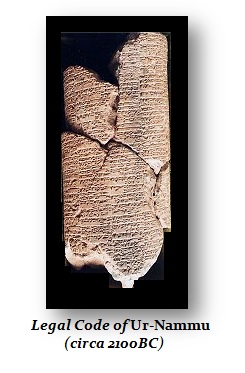 lded as the earliest known examples. Subsequent to that discovery, older collections of legal codes have been unearthed. There are even older Babylonian copies of the Legal Code of Ur-Nammu (ca. 1900-1700 BC).
lded as the earliest known examples. Subsequent to that discovery, older collections of legal codes have been unearthed. There are even older Babylonian copies of the Legal Code of Ur-Nammu (ca. 1900-1700 BC).
When I say we have THE largest database known to humankind, I am not exaggerating. You cannot create models if you lack the data to input them. How can you forecast a debt crisis or list the possible outcomes without understanding how such a crisis has been resolved throughout history or how they appeared in the first place? People can pretend to do what we do, but how is that possible without the data?
Hammurabi’s Law Code was obviously created because of a wave of inflation seeking to fix wages and prices, and it established that ALL agreements must be in the form of a written contract. Richard Nixon tried to impose Wage and Price controls in 1971, just like Hammurabi.
These discoveries show that history is still unfolding. Such finds should change the textbooks in college, but that may yet take many more years. They are still teaching theories from the fixed exchange rate system, which ended in 1971.

